Research
departmentResearch
department
RESEARCH DEPARTMENT
Introduction to the five divisions of AD-MORE.
The Advanced Mobility Research Institute will promote sophistication of mobility with the core technology of Kanazawa university's superior autonomous driving technology. In addition, we aim to create a new future society by arranging social issues and supplying additional benefits to advanced mobilities.
The Future Mobility Service division supply additional benefits to advanced mobilities. The Autonomous Driving Technology Division create dependable perception and decision-making technologies. The Perceptional Technology Division develops next-generation sensing and recognition technologies. The Advanced Vehicle Technology Division improve comfortability and sense of security. Finally, the Future Society Creation Division investigates business models and social issues.
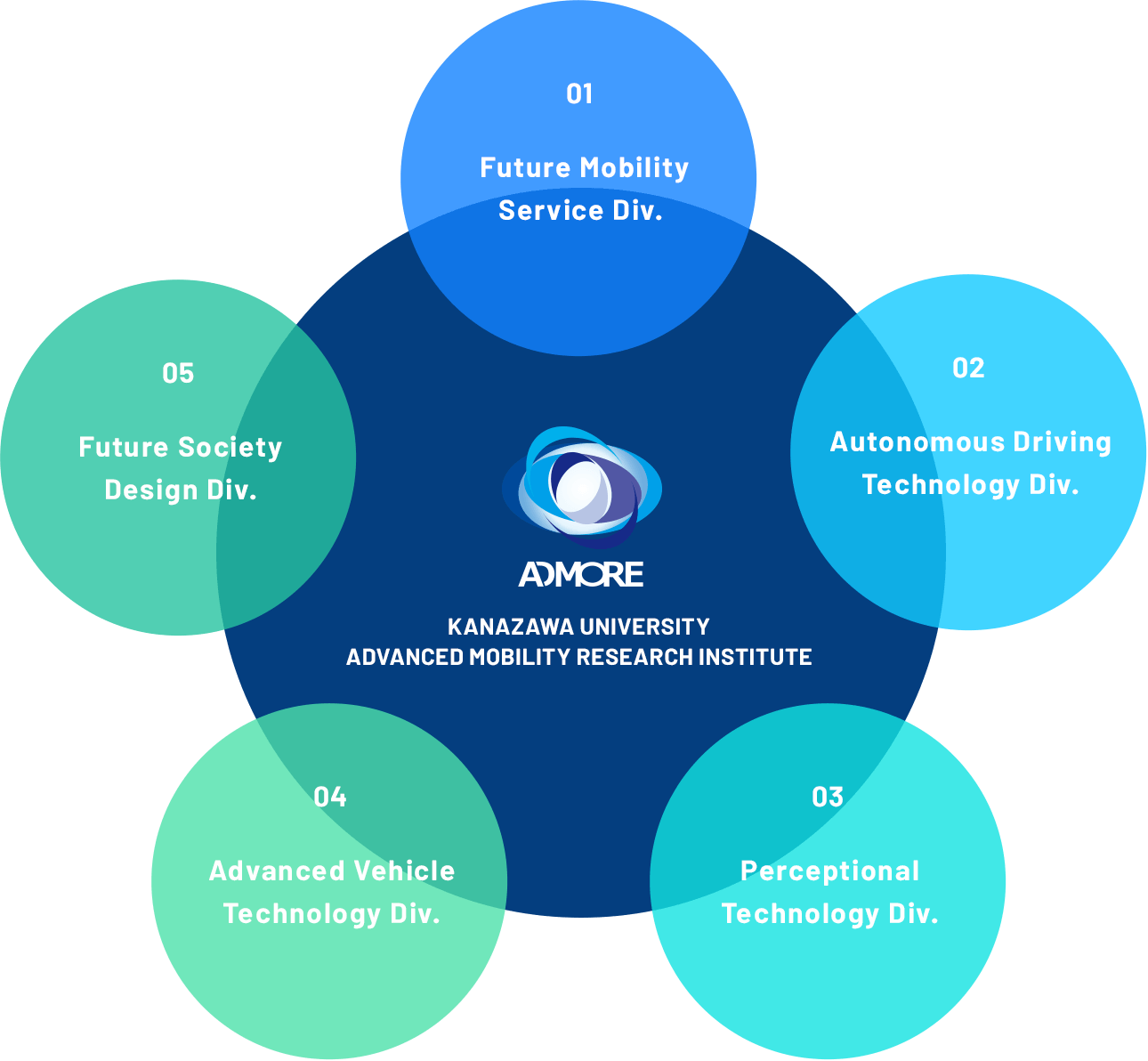
Faculty & members
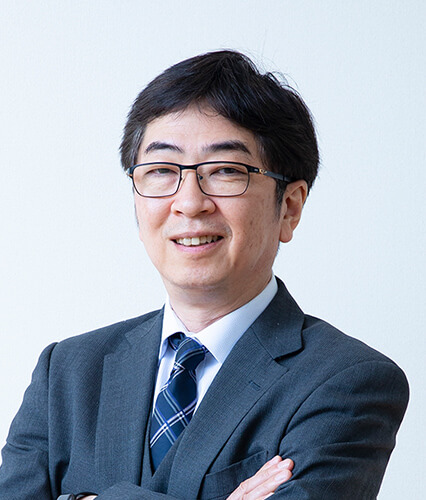
President of Advanced Mobility Research Institute and ProfessorTachiya Hiroshi
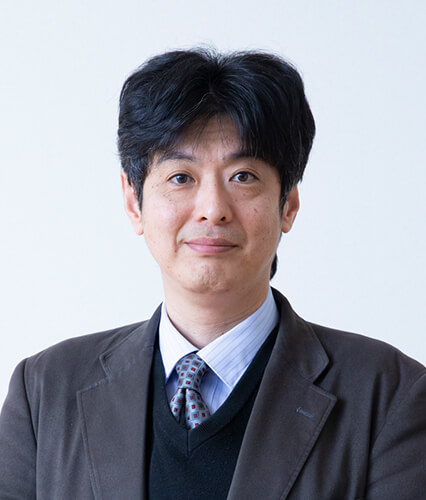
Deputy President of Advanced Mobility Research Institute and ProfessorSuganuma Naoki

ProfessorYamawaki Toshiki

Associate ProfessorMiyama Masayuki
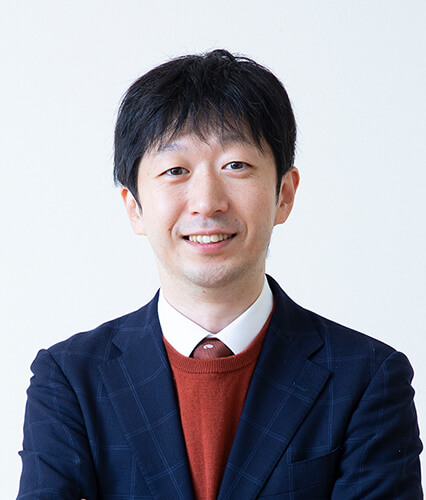
Associate ProfessorYoneda Keisuke
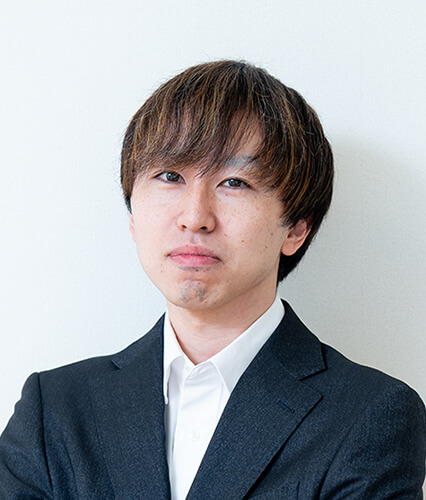
Assistant ProfessorFukuda Yukiya

Assistant ProfessorHariya Keigo
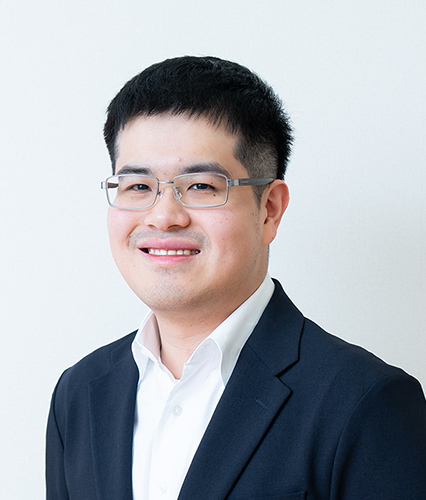
Assistant ProfessorFuengfusin Ninnart

Assistant ProfessorYunsoo Bok
Future Mobility Service Div.
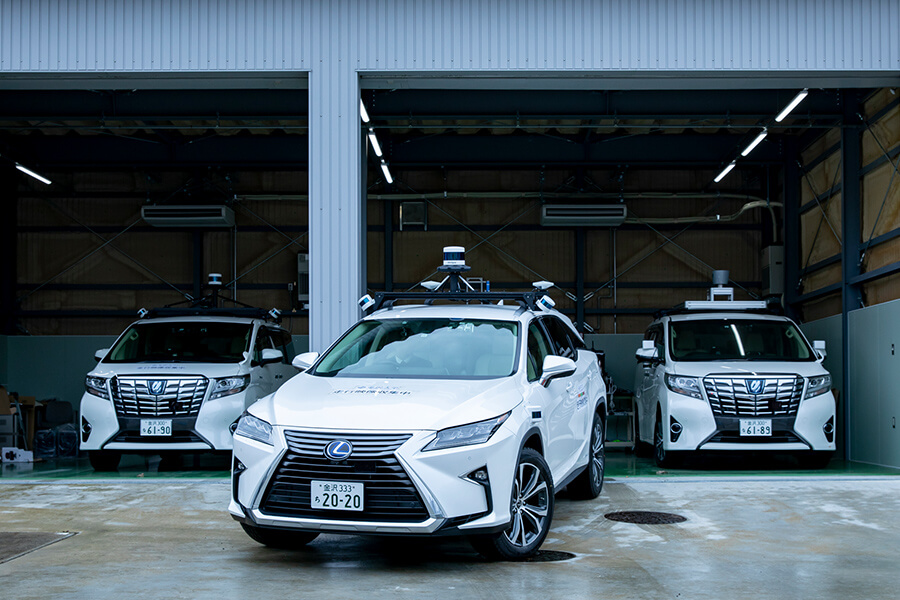
Towards the realization of Society 5.0, the attention has been attracted on the advancement of mobility technologies in various fields such as autonomous driving and logistics services by utilizing artificial intelligence and robotics technology. Furthermore, there are high expectations for enabling new services by these advanced mobility technologies. At Kanazawa University, we have been conducting researches on autonomous vehicles since 1998 and owning various technologies to enable reliable autonomous driving. In the Future Mobility Service Division, we will promote sophistication of various type of mobility based on the technology of autonomous driving technology for automobile developed by Kanazawa University. In addition, we aim at transform vehicles from mere means of transportation to vehicles that provide services by supplying additional benefits to advanced mobility.
Autonomous Driving Technology Div.
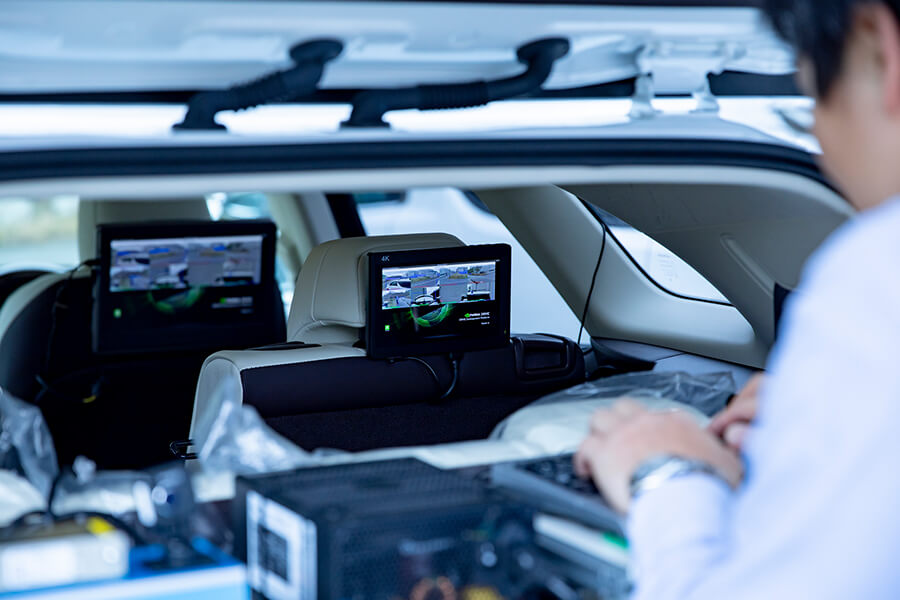
Autonomous vehicles are required to drive smoothly in harmony with traffic participants such as surrounding vehicles and pedestrians by performing each process of recognition, decision-making, and control in real time from the information obtained by the in-vehicle sensor. In order to properly understand the traffic environment in urban areas, it is common approach to realize complex decision-making while managing fixed road information such as road shapes, signs, and traffic lights as a digital map. At Kanazawa University, we are researching various technologies from elemental technologies for generating digital maps to actual autonomous driving technologies. Regarding perception technology for autonomous driving, we are researching about technologies such as localization technology to accurately estimate the vehicle position in the map, perception technology that recognize surrounding moving objects, static obstacles, traffic condition and predicts the future. In addition, we are also researching about path planning technology that integrates digital maps and recognition results to design smooth vehicle trajectory that follow traffic rules, and controlling technology to follow planed trajectory. Our strength is to be able to integrate all of technologies necessary for autonomous driving by taking advantage of the characteristics of various sensors and elemental technologies, and we aim to contribute to the realization of safe autonomous driving technology.
Perceptional Technology Div.
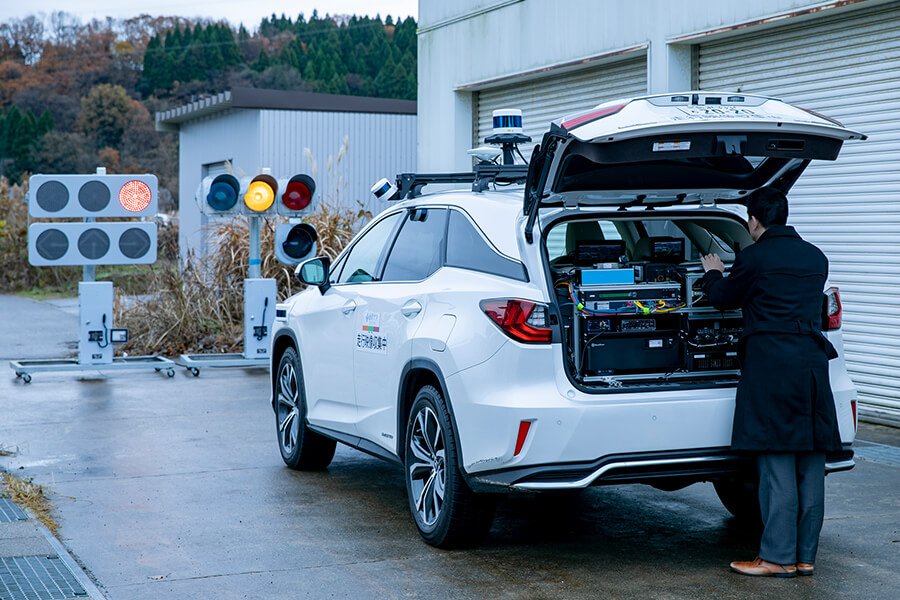
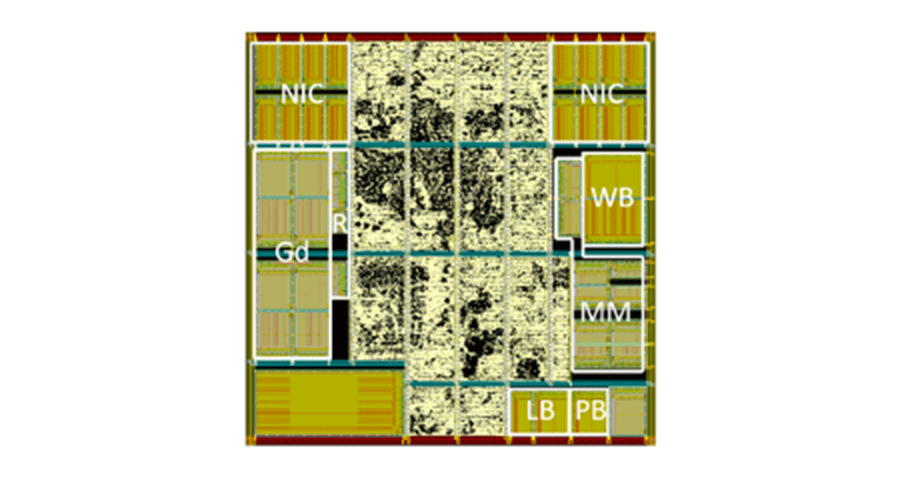
In order to realize safe autonomous driving, robust and highly accurate perception technology for the surrounding environment is indispensable. For example, it is possible to realize safe autonomous driving by accurately estimate the ego-vehicle position on the map and correctly detecting various objects such as vehicles and pedestrians in the vicinity. However, in order to adapt such perception technology to various environments, robust recognition technology that can be adapted to bad weather condition such as snow and fog is required. In addition, computational performance that can execute such advanced recognition technology with high accuracy and in real time is also required. In response to these issues, the perception technology division will contribute to the realization of safe autonomous driving by developing next-generation sensing technology by making use of many technologies such as various type of sensors, artificial intelligence, FPGA, and so on.
Perceptional Technology Div.DOWNLOAD
Advanced Vehicle Technology Div.
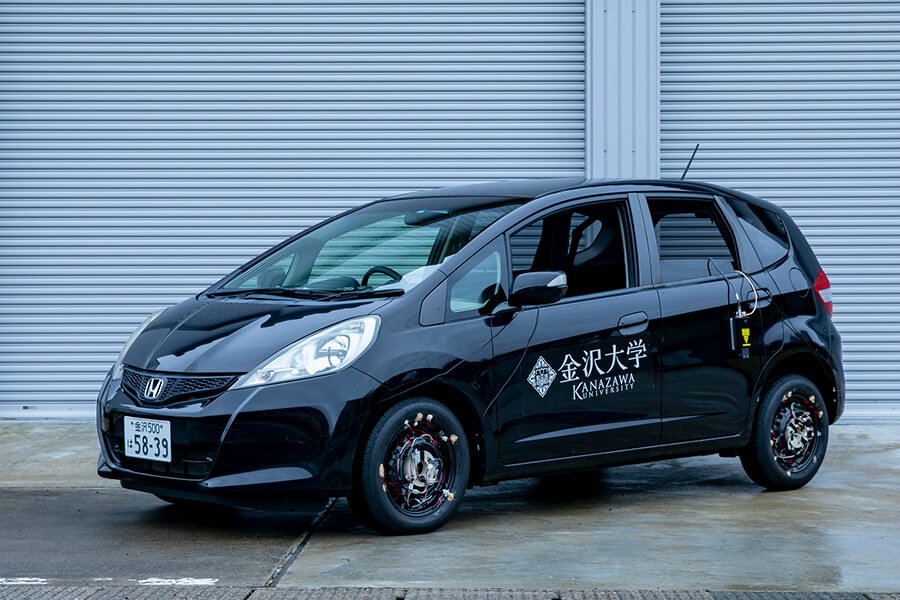
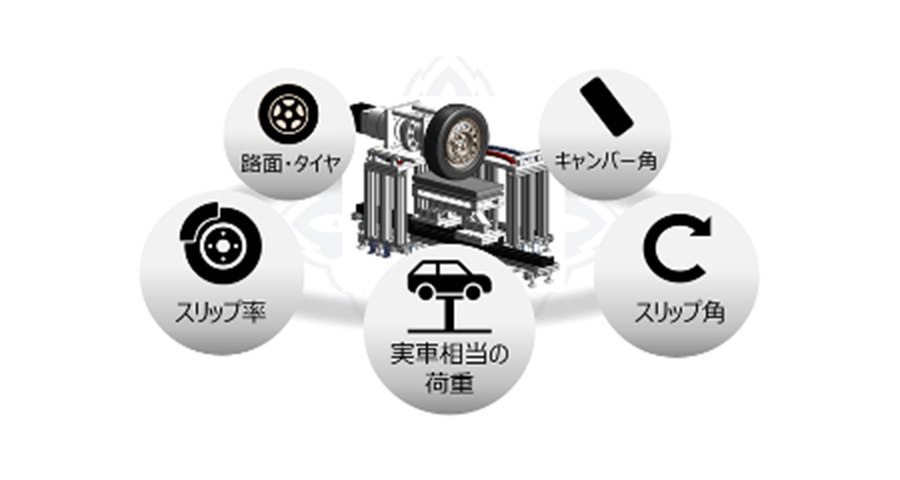
The development of advanced driving assistance systems has been remarkable in recent years, and technologies that improve passenger safety, such as Automatic Emergency Braking system, Adaptive Cruise Control system, and Anti-lock Braking System, are developed day by day. However, with the current system, it is difficult to consider the slipperiness of the road surface. Therefore, the safety of steering and braking of the vehicle has not been fully realized on wet roads and snowy roads where the behavior of the vehicle becomes unstable. Kanazawa University has developed intelligent tires that detect the slipperiness of the road surface and the behavior of tires and has built a vehicle steering and braking control system using these tires. Based on this advanced technology, the Advanced Vehicle Technology Division will develop technologies that enhance the safety of driving support systems and autonomous driving systems. In addition to improving safety, future autonomous driving systems will need to develop technologies that enhance the ride quality and sense of security for passengers. Through such technological development, this division will contribute to the realization of a future advanced mobility society.
Advanced Vehicle Technology Div.DOWNLOAD
Future Society Design Div.

In Japan facing a declining birth rate and an aging population, there is a strong demand for the social introduction of advanced mobility technologies such as autonomous driving vehicle. On the other hand, when introducing new mobility technology into society, it is necessary to consider various issues such as infrastructure and legal issues. In addition, in order to introduce sustainable mobility technology into society, it is necessary to consider sophisticated business models.
In the Future Society Creation Division, we will introduce the results of research and development in other divisions into society as pilot studies through vigorous implementation of demonstration experiments. In addition, by utilizing knowledges from various fields of researches in Kanazawa University, we will explore what we should be doing in the social introduction of advanced mobility technology. We also aim to contribute to the creation of a future society that realizes affluent living through advanced mobility technology.